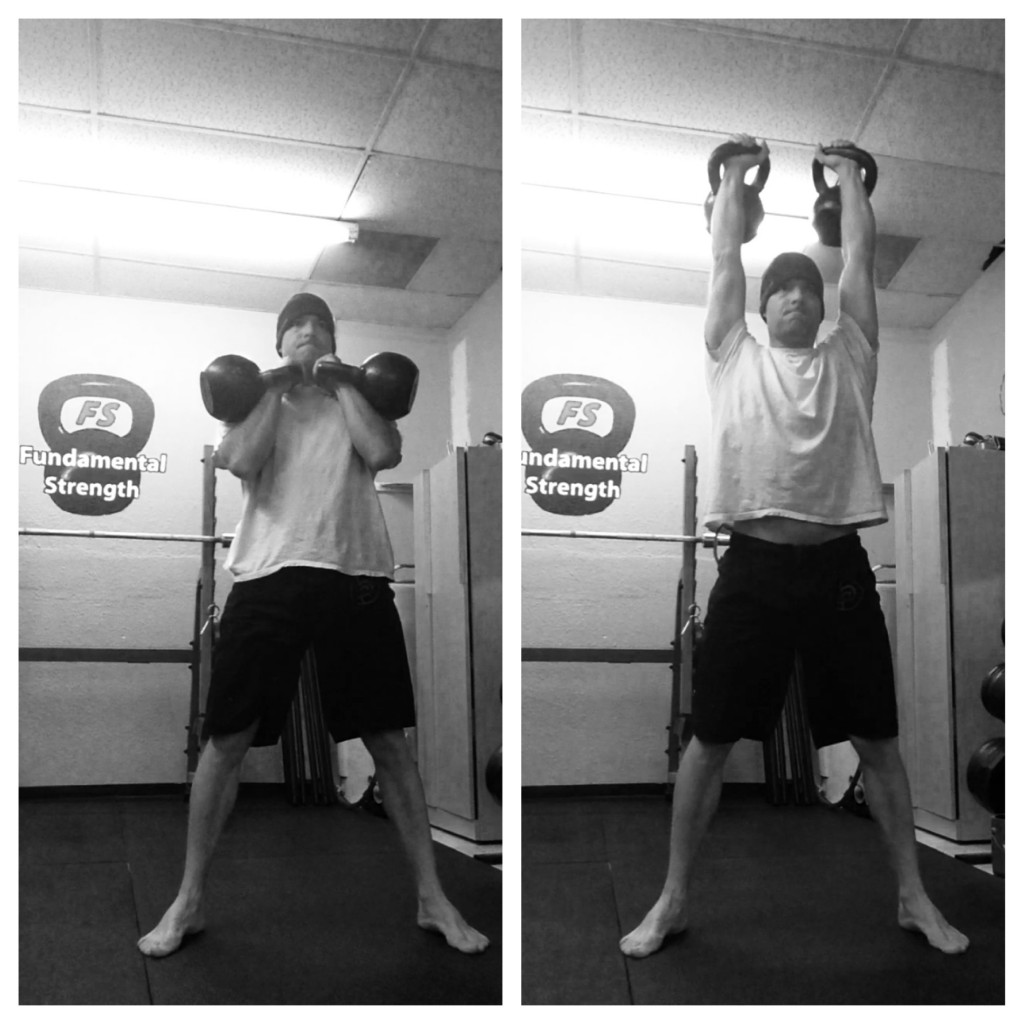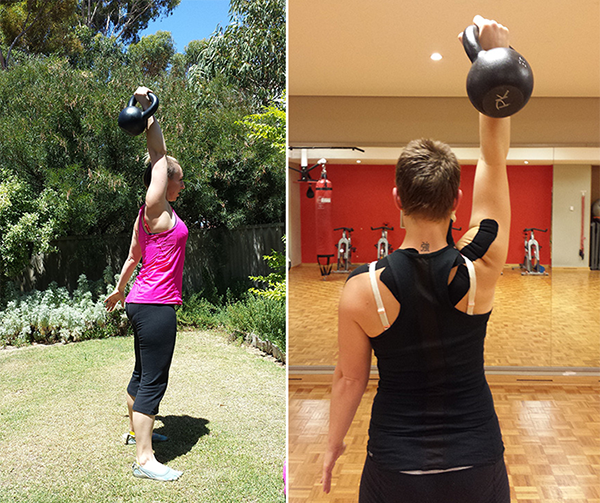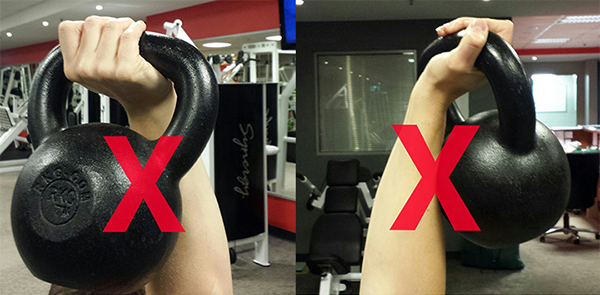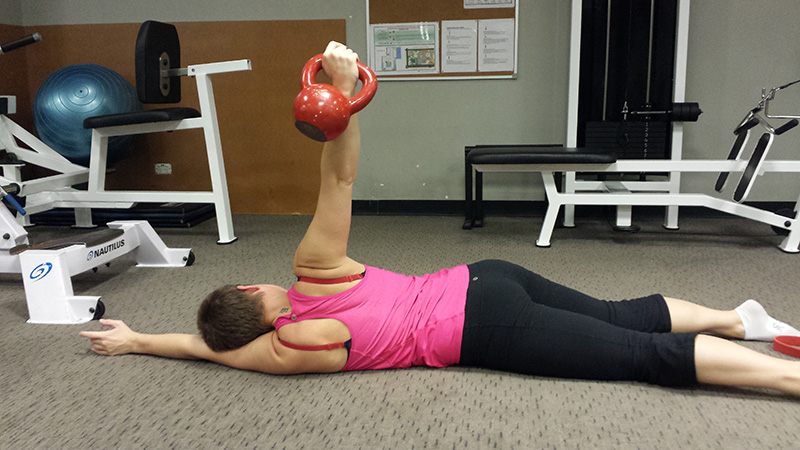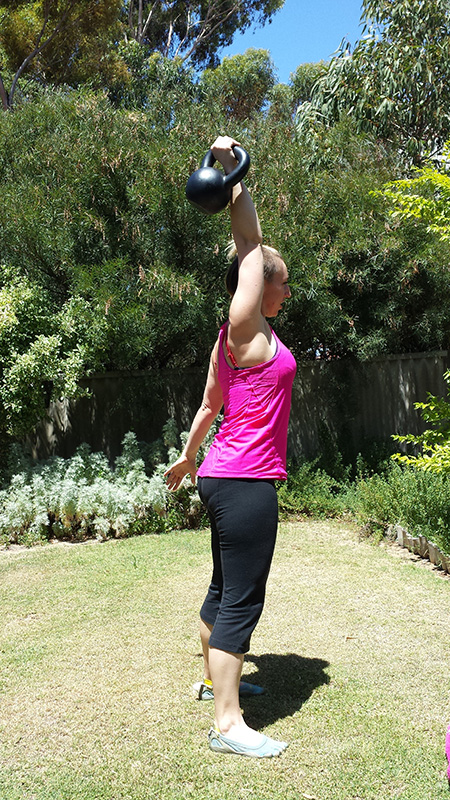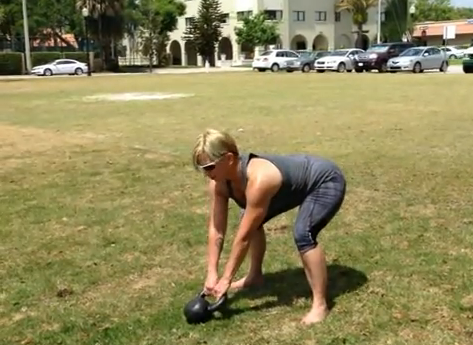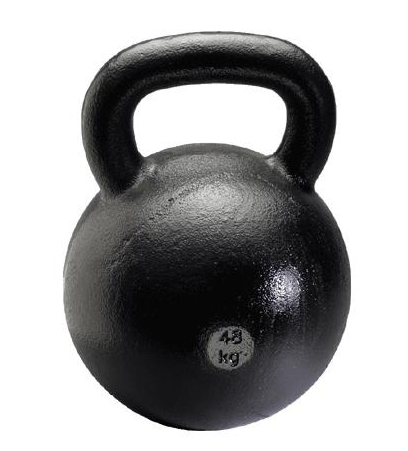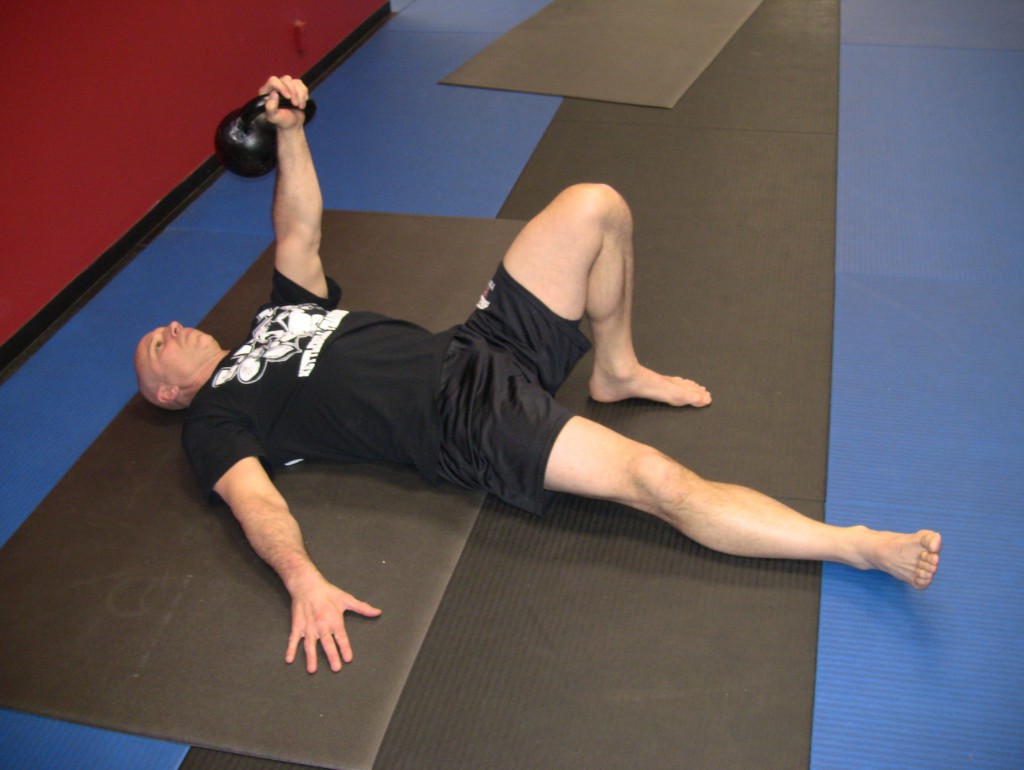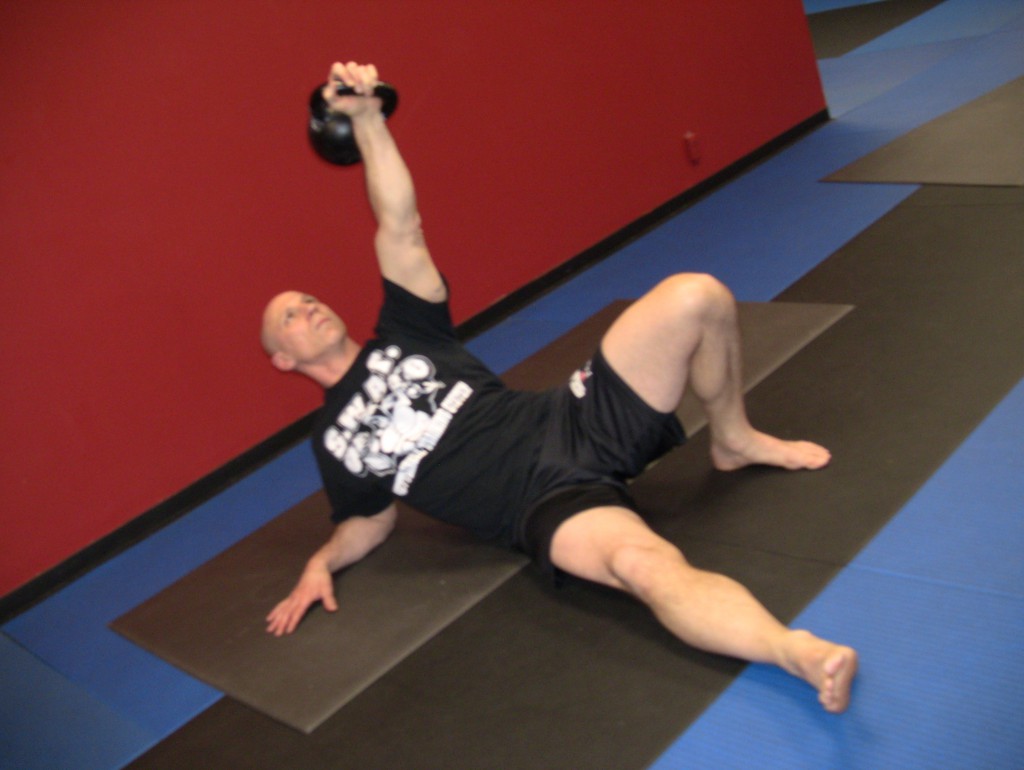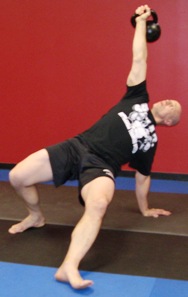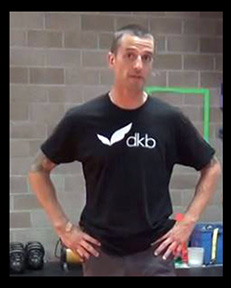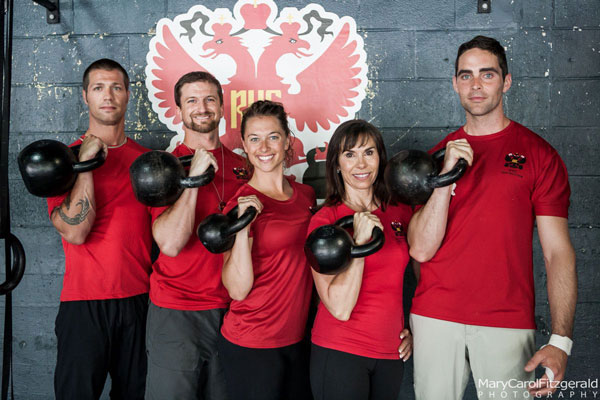
2014 was a banner year for Dragon Door’s resurgent RKC, with 26 3-day and 28 1-day certification workshops in almost as many cities worldwide. And we already have 31 RKC workshops scheduled for 2015…
Just as significant has been the intellectual output of high-level training advice, with 19 of our RKC leadership contributing 46 information-rich blog posts, not to mention numerous fine articles for our site, over the last year.
Now the numbers are nice, but it is the soul that matters more. The ethos—the soul and spirit of the RKC—has evolved to be friendly, supportive, fun-loving, stimulating and at the same time professional. Inspirational excellence is the motto…
The beginning of a fresh new year is always a good time to remind ourselves of why we do what we do. Why choose Dragon Door and the RKC ?
Here are four reasons why:
RKC Restores Freedom
We can be second-class citizens in our bodies, shackled by poor posture, restricted in our movement, weak-jointed, slow, sluggish, low-energy and fat. Or we can enjoy the freedom of erect posture, free-flowing mobility, resilient joints, explosive power, boundless energy, functional strength and a sleek, muscular physique. RKC’s system rewards you with all of these physical freedoms in spades. It’s what we do and what we stand for.
True freedom physically takes great discipline—and a devotion to a multi-functional approach that does not divorce strength from health. RKC recognizes that need and delivers a complete program to simultaneously boost power, build strength and ensure quality movement.
Within the essential discipline of the system, RKC releases you from the tyranny of dogmatism and from an outmoded, authoritarian, faux-militaristic style of teaching. We are all adults here, as it were—and you are accorded the freedom to learn as adults.
Free body = free spirit = free to grow = free to develop…
RKC Respects Human Individuality
We, the RKC, are PEOPLE first. We are not faceless robots robbed of all personality—to be shoehorned into the rigidities of a dehumanized Brand. That path leads to a gray and soulless world where people are seen as dispensable parts of an uncaring machine. The RKC recognizes and respects the right of the individual to express himself as a complete personality—not be a voiceless pawn in someone else’s end game.
Come to an RKC or HKC and you’ll see what we mean: Soul-in-Action. The RKC instructors are passionate about helping you reach your strength and health goals. They care deeply that you succeed and they do their utmost to realize your dreams. Within the very real discipline of the RKC system, experience the warmth and care of instructors who have their clients’ wellbeing close to their hearts.
Dragon Door celebrates its RKC leadership as individuals who each have something unique to bring to the party. We have chosen our leadership for their personal qualities as much as their skill and physical accomplishments as athletes and trainers. Life is short. Let’s enjoy it and be human about it!
RKC Helps You Realize Your Full Athletic Potential
The evolved RKC takes a sane approach to helping you realize your full athletic potential—instead of attempting to enforce arbitrary strength standards that lead to frequent injury, poor movement skills and the sacrifice of your overall health and wellbeing. Because the RKC’s curriculum emphasizes safe progressions and regressions, each person can train and develop themselves as complete all-around athletes, rather than being one-dimensional.
If you are looking to cultivate your full athletic potential in a healthy, safe manner, based on a pragmatic approach, then the RKC is the place for you.
RKC Rewards Skillful Effort
When we train strength at the RKC we train the skill of strength, not the stupidity of strength. Same for power, mobility, flexibility and endurance. The RKC’s goal is to graduate skilled instructors who—while modeling a high level of physical accomplishment themselves—have the competencies to properly train others in the absolute fundamentals of fitness.
We believe that consistent, skillful, diligent effort trumps the reckless bid to be strong whatever the cost.
2015 is shaping up to be one of great growth for the RKC. We invite you to join us in that journey…
